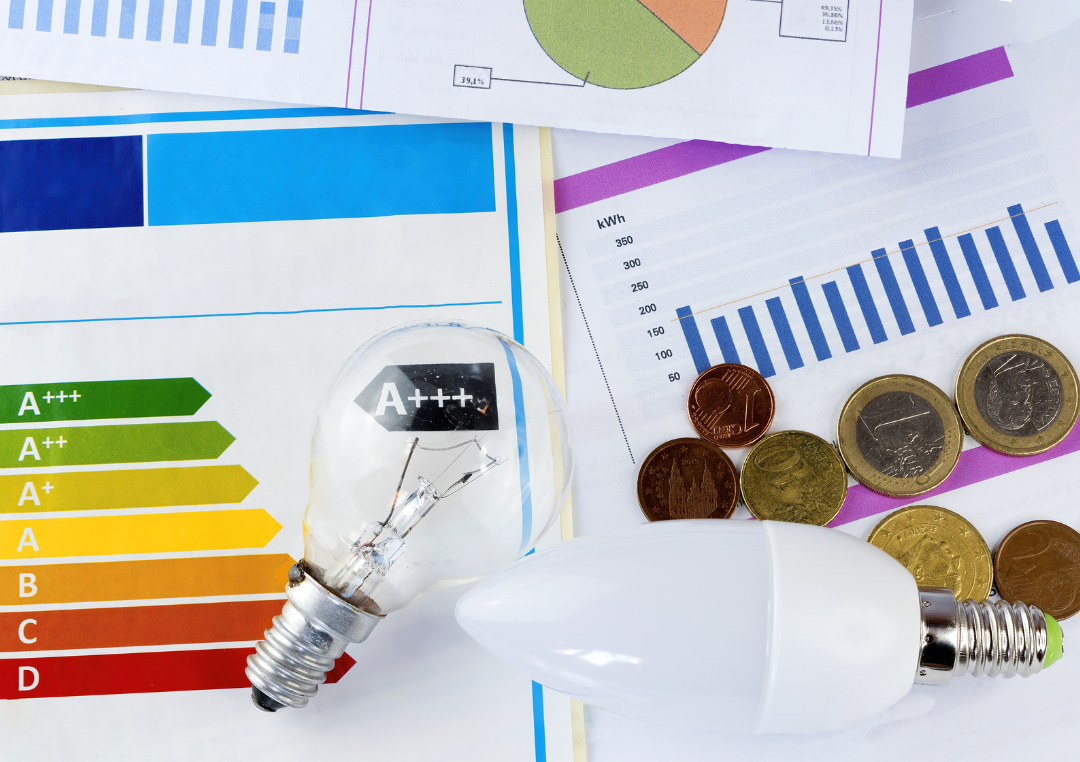Cheap Energy in Finland: How to Save on Your Monthly Energy Bill
Cheap Energy in Finland: How to Save on Your Monthly Energy Bill
Blog Article
Finland is fast transforming how people consider power consumption and savings, because of their usage of affordable electricity. That development is not only an isolated trend but a design that's impressive global talks about sustainable energy solutions. The accessibility to low priced, Popular energy company Cheap Energy in Finland is resulting in improvements in home habits, commercial techniques, and also worldwide energy markets. Here is a closer look at how Finland's inexpensive power is reshaping the planet of energy savings.
Affordable Energy and Their Ripple Effect
Finland's power costs are among the lowest in Europe, as a result of a variety of intensive green power assets, nuclear energy opportunities, and successful grid systems. For context, Finland has somewhat invested in wind power, which accounted for 14% of their energy era in 2022. Furthermore, the operation of their new Olkiluoto 3 nuclear reactor guarantees a reliable and cost-effective power supply.

That affordability changes into concrete savings for households. Normally, Finnish homeowners pay much less for electricity compared for their American neighbors. Reports show that energy prices in Finland are around 30% below the EU average—a figure that's hard to ignore. With such low rates, Finnish consumers have more freedom to investigate innovative methods to lessen fees more, such as for instance smart home engineering and adjustments in energy usage habits.
Clever Inventions and Behavioral Shifts
One of the very obvious influences of cheap power in Finland could be the growing use of intelligent energy-saving strategies. Clever thermostats, energy-efficient devices, and time-sensitive energy tariffs are making headway into Finnish homes. As an example, many house holds are now actually using electrical heat during off-peak hours when energy rates are actually lower. These measures save your self power and optimize prices without reducing comfort.
The commercial industry is not lagging behind, either. Finnish organizations are harnessing inexpensive energy to invest in energy-intensive technologies like high-output information centers and hydrogen generation, paving just how for future innovations. The transfer makes Finland attractive to technology businesses and has started shifting global perceptions about power scalability in industrial processes.
A International Case for Effective Energy Markets
The Finnish achievement history offers valuable classes to different nations grappling with high energy costs. By prioritizing infrastructure investments like alternative power and sophisticated grid systems, Finland shows that affordability and sustainability can coexist. The international energy industry is now watching Finland as a benchmark for balancing affordability with environmental consciousness.
The huge benefits expand beyond customer savings. Inexpensive energy has the added bonus of improving Finland's power safety and reducing their dependence on imported fossil fuels. For a lot of, Finland's design shows a promising change toward financial and environmental security in a world wrestling with energy crises.

The Potential of Power Saving
The Finnish experience illustrates that available and economical electricity can push significant progress in equally consumer behavior and commercial innovation. By combining alternative energy assets, wise technologies, and efficient methods, Finland has established a blueprint for sustainable energy savings that could redefine world wide power practices.
However each country's power challenges are distinctive, Finland's achievement serves as a strong case examine in how economical energy can be a game-changer for both everyday users and large-scale industries. The world is watching strongly, and possibly it's time for different places to have a site out of Finland's book. Cheap power, as Finland has proven, is a lot more than an economic benefit; it's a recipe for sustainable transformation. Report this page